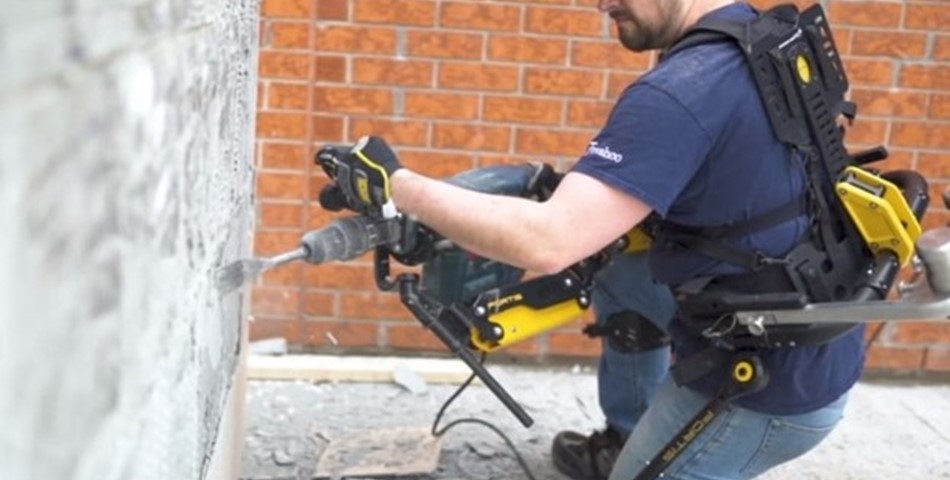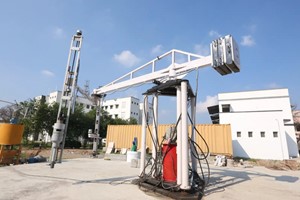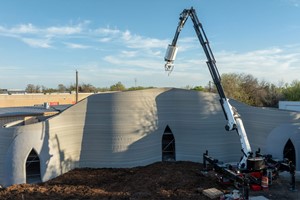The next frontier in technology is not in the realm of the digital, but rather in the physical world. Exoskeletons, wearable devices that augment human strength and endurance, are revolutionizing industries across the globe. From healthcare to construction, these high-tech suits are transforming the way we work, offering unprecedented opportunities for productivity and safety.
Exoskeleton technology has been around for several years, primarily used in military and medical applications. However, recent advancements have made these devices more accessible and practical for commercial use. Today, exoskeletons are being used in a variety of industries, each with its unique set of benefits.
In the healthcare sector, exoskeletons are providing life-changing solutions for individuals with mobility impairments. These devices can help people with spinal cord injuries or stroke victims regain their ability to walk, dramatically improving their quality of life. Moreover, exoskeletons are also being used in rehabilitation centers to aid in the recovery process, allowing patients to regain strength and mobility faster than traditional methods.
Meanwhile, in the construction industry, exoskeletons are being used to enhance worker strength and endurance. These suits can help workers lift heavy objects with ease, reducing the risk of injury and fatigue. This not only improves worker safety but also increases productivity, as tasks that were once labor-intensive can now be completed more efficiently.
In the manufacturing sector, exoskeletons are being used to reduce the physical strain on workers. Repetitive tasks, such as lifting or moving heavy objects, can lead to musculoskeletal disorders over time. By using exoskeletons, workers can perform these tasks with less effort, reducing the risk of injury and improving overall productivity.
The potential applications for exoskeleton technology are vast and varied. In the future, we could see these devices being used in fields such as agriculture, logistics, and even space exploration. For instance, farmers could use exoskeletons to carry heavy loads, reducing the physical strain and increasing efficiency. Similarly, astronauts could use these suits to perform tasks in space that would otherwise be impossible due to the lack of gravity.
However, despite the numerous benefits, there are still challenges to overcome. The high cost of these devices is a significant barrier to widespread adoption. Additionally, there are also regulatory and ethical considerations to address. For instance, who is liable if an exoskeleton causes an accident? How do we ensure that these devices are used responsibly and do not lead to unfair advantages in the workplace?
Nevertheless, the potential benefits of exoskeleton technology far outweigh the challenges. As the technology continues to evolve and become more affordable, we can expect to see a wider adoption of exoskeletons across various industries. This will not only transform the way we work but also improve the quality of life for many individuals.
In conclusion, exoskeletons represent the next frontier in technology. They are revolutionizing industries, enhancing human capabilities, and offering new possibilities for productivity and safety. As we continue to explore this exciting new frontier, we can look forward to a future where physical limitations are a thing of the past, and human potential is amplified by technology.
By Anna Singh











